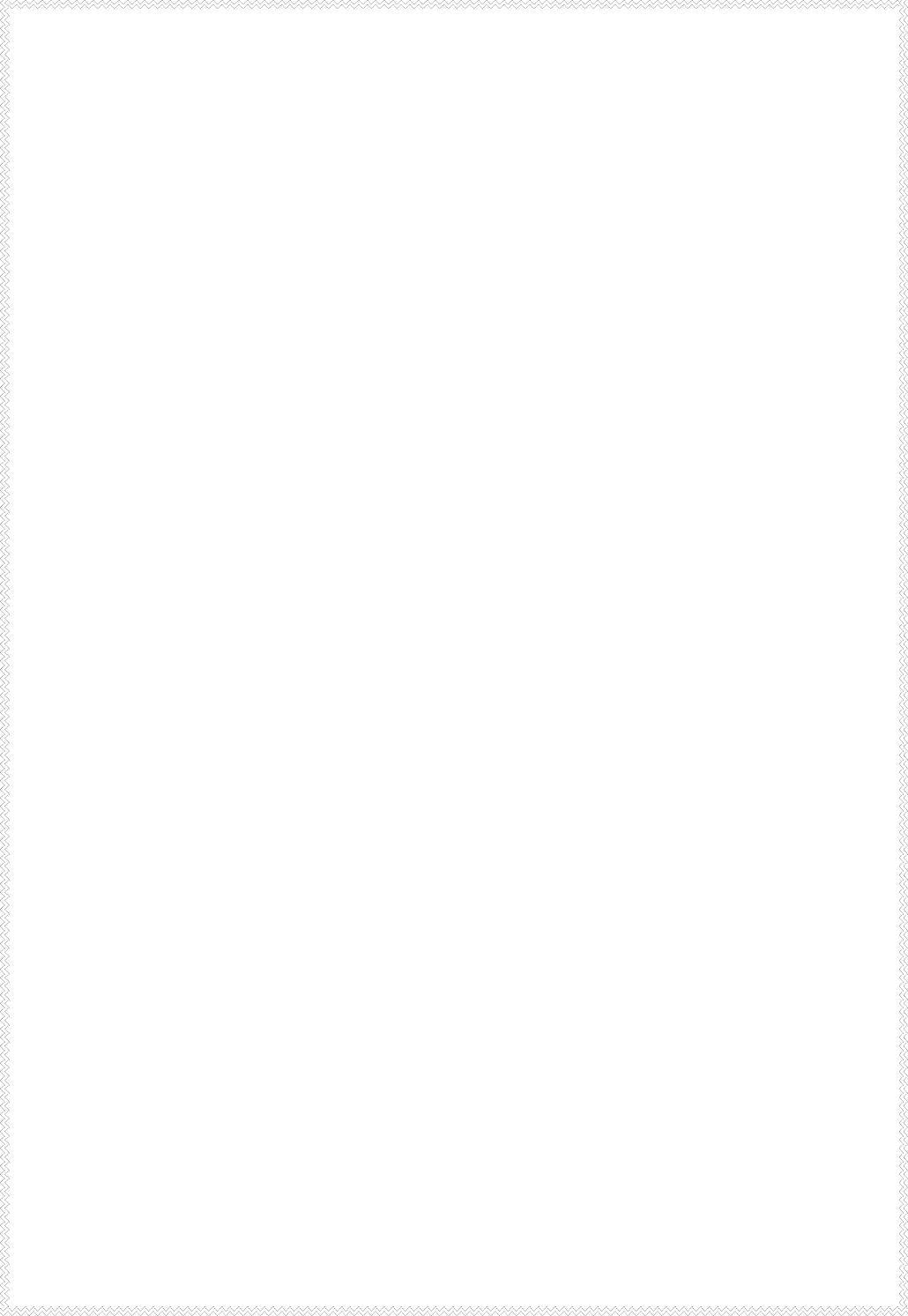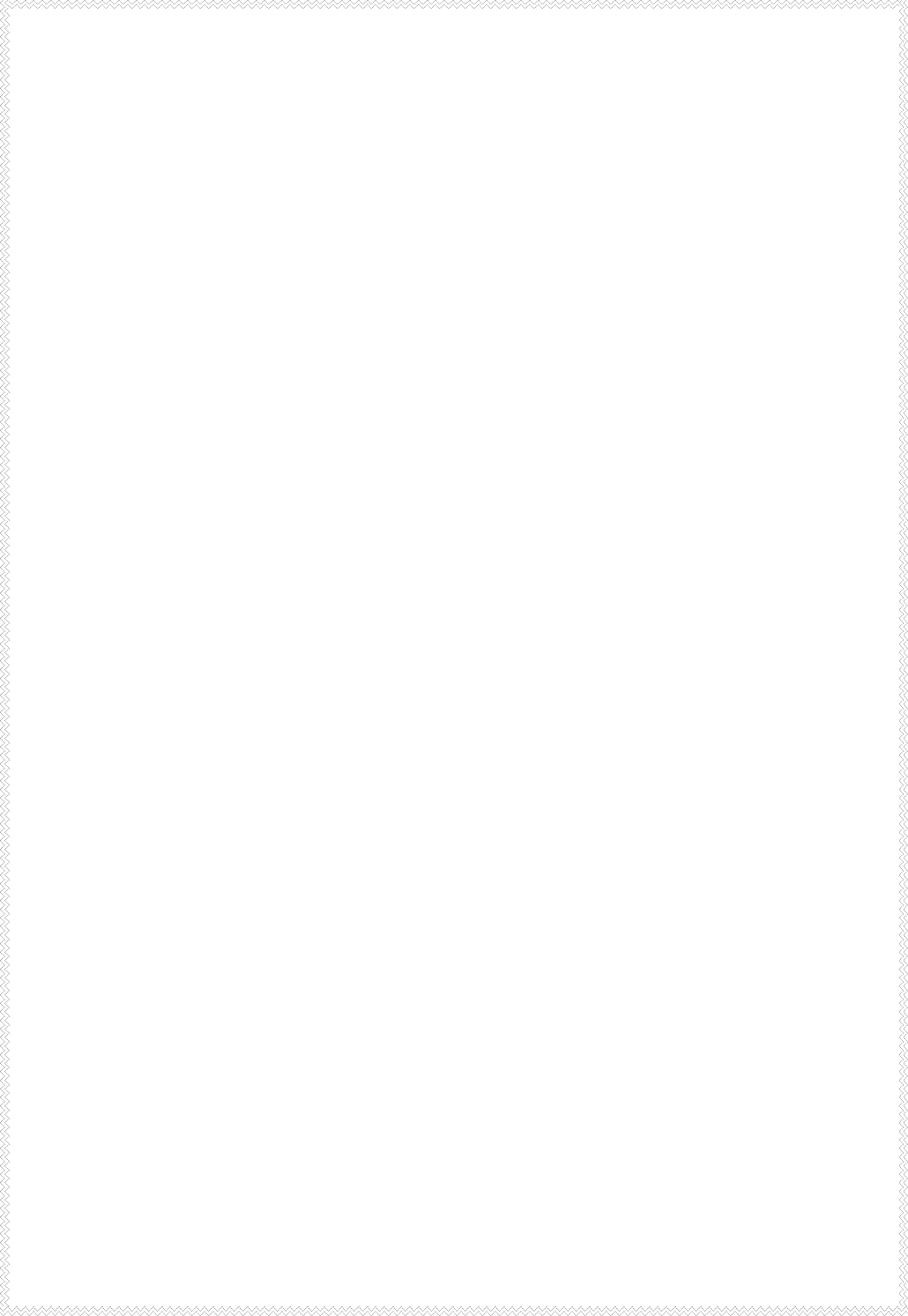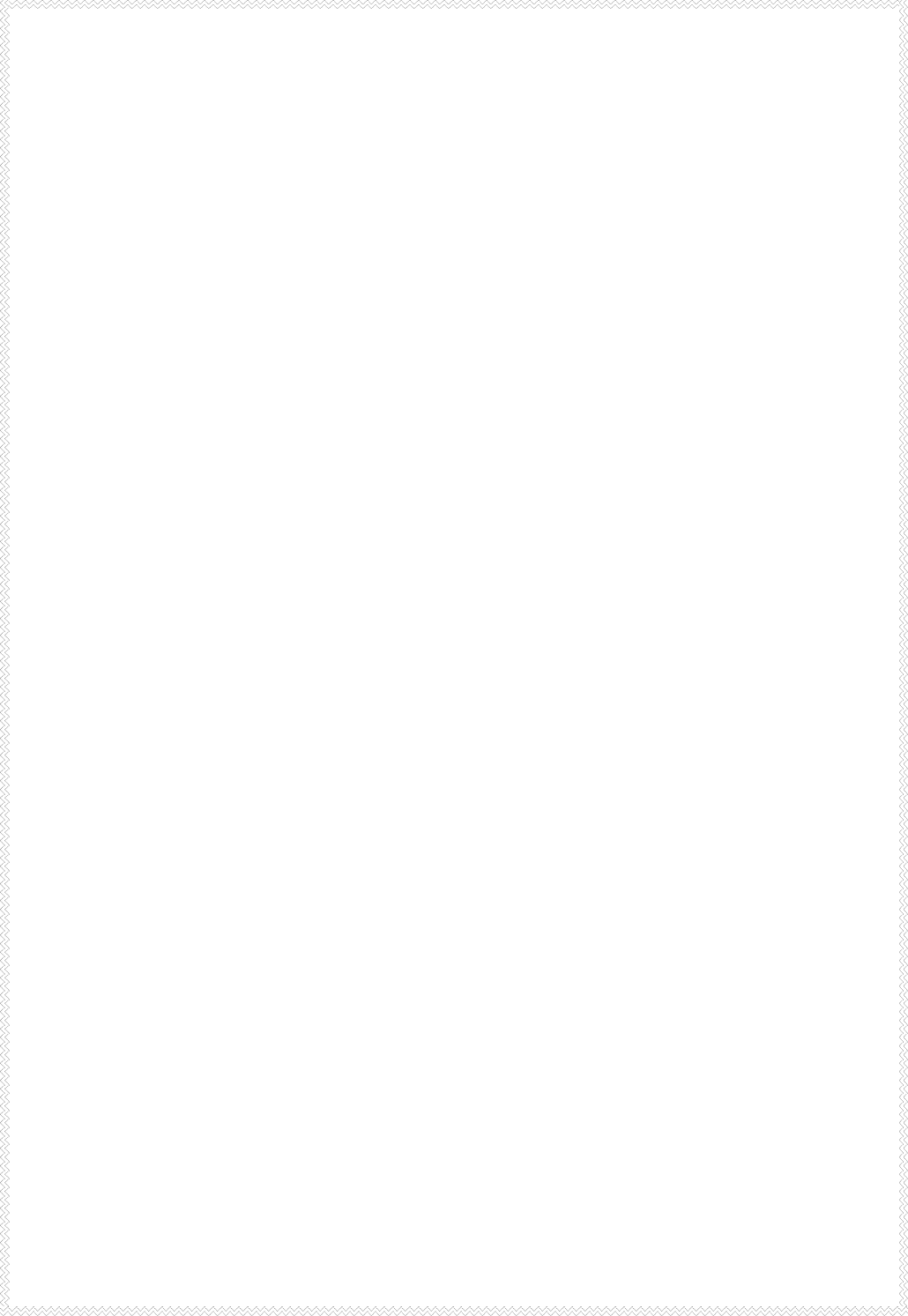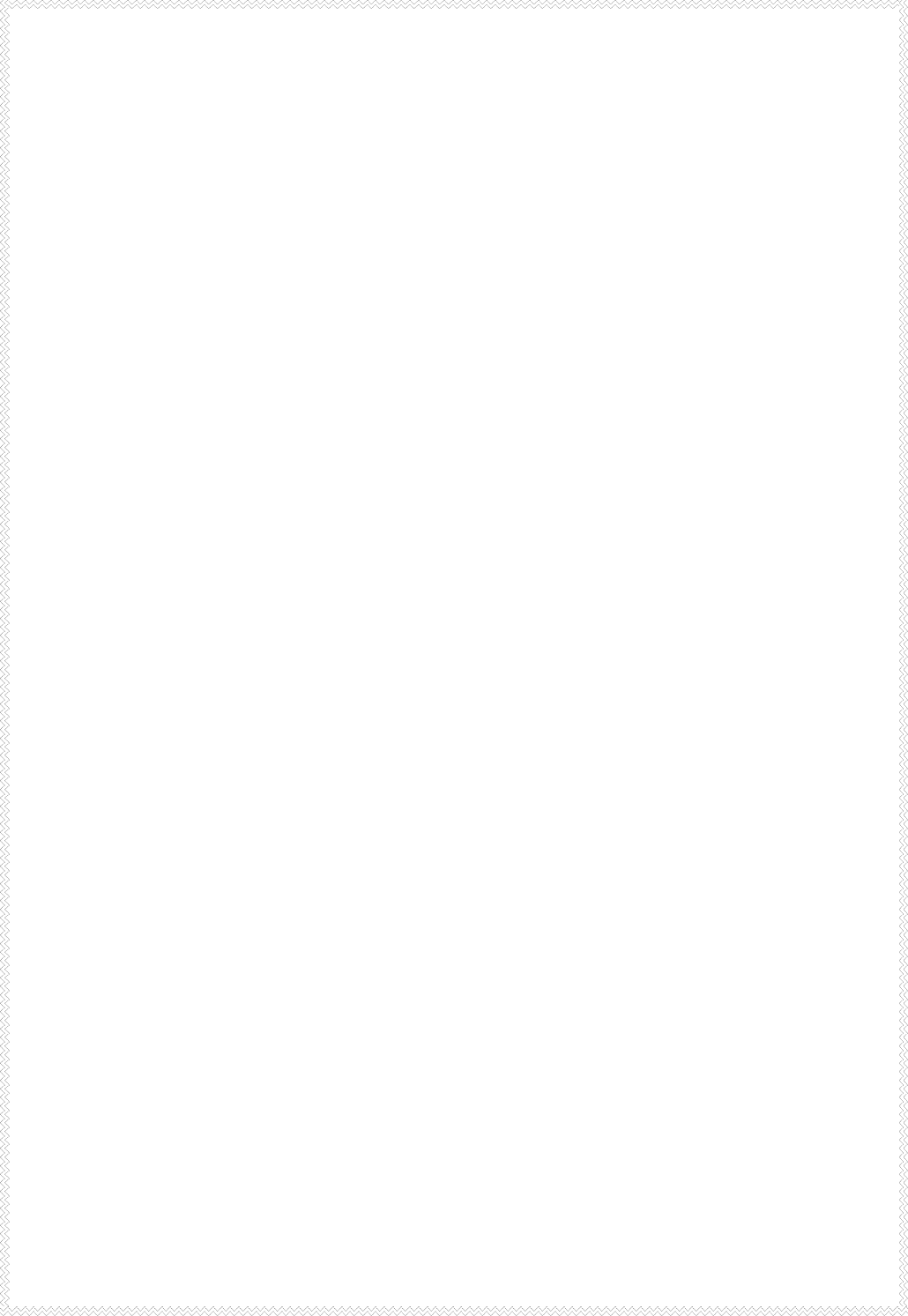
[scheme 2010]
MODEL QUESTION PAPERS.
PGDCA 101 COMPUTER ORGANIZATION AND OPERATING SYSTEMS
Time: 3 Hrs Max:Marks:100
PART A
(Choose the correct Answer. Each question carries 1 mark)
1. Which of the following is a universal gate?
A AND B. NOT C. NAND D. OR
2. Binary equivalent of the decimal number 25 is _______
A. 11001 B. 10011 C. 1001 D. None of these
3. Find the odd one
A. Keyboard B. Mouse C. Scanner D. Printer
4. Which of the following is an Impact printer?
A. Dotmatrix printer B. Laser printer C. Inkjet printer D. None of these
5. Flash memory is a type of ______ chip
A. ROM B. PROM C. EEPROM D. EPROM
6. The software used to translate assembly language program into a machine language program is called
_______
A. Assembler B. Compiler C. Interpreter D. Linker
7. Which of the following is a multiuser operating system?
A. MS DOS B. PC DOS C. Linux D. None of these
8. Fragmentation problem can be reduced by ________
A. Page fault B. Compaction C. Thrashing D. Switching
9. FIFO scheduling is ___________
A. Preemptive B. deadlock C. Non preemptive D. None of these
10. The delay between the job submission and job completion is ________
A. Turn around time B. Waiting time C. Scheduling time D. None of these
11. The high speed memory placed between CPU and main memory is called _______
12. Special storage locations inside the CPU are called _______
13. ___________ is a unidirectional bus
14. The power supply unit of a personal computer is _______
15. The device used to convert digital signals to analog signals and vice versa is called ______
16. An instance of a program in execution is called ______
17. POST stands for _________
18. _________ is a software which acts as an interface between user and hardware
19. ________ is used for deadlock prevention
20. _________occurs when two processes wait for the same resource.

[scheme 2010 – Model QP ] 101 CO& OS
PART B
(Answer any EIGHT questions. Each question carries 5 marks)
21. Differentiate between RAM and ROM
22. Explain how data are stored on a hard disk
23. Write the specification os a present day desktop computer.
24. What is a port? What are the different types of ports?
25. What is an instruction cycle ?
26. Explain virtual memory
27. Explain basic file operation
28. Explain preemptive and non preemptive scheduling
29. Compare real time and mutiuser operating system
30. Explain SPOOLing and Buffering
PART C
(Answer any FOUR questions. Each question carries 10 marks)
31. Compare Windows and Linux operating system
32. Briefly explain the life cycle of a process
33. Explain dedicated, shared and virtual devices.
34. Briefly explain the different parts of the CPU
35. Write short notes on
a) Bio-metric access control devices
b) Motherboard
c) Optical storage devices
d) Addressing modes
***********
© 2010 IHRD, All rights reserved.

[scheme 2010] Model Question Paper
PGDCA 102 PROGRAMMING TECHNIQUES
Part A
(Answer all questions.Each carries 1 mark.)
Choose the correct answer.
1. C language is available for which of the following Operating Systems?
a)DOS b) Windows c) Unix d)All of these
2. Which of the following symbol is used to denote a pre-processor statement?
a)! b) # c) ~ d) ;
3. Which of the following are tokens in C?
a) Keywords b)Variables c)Constants d)All of the above
4. What is the valid range of numbers for int type of data?
a)0 to 256 b)-32768 to +32767 c)-65536 to +65536 d)No specific range
5. Which escape character can be used to beep from speaker in C?
a)\a b)\b c)\m d)\n
6. Which of the following is an example of compounded assignment statement?
a)a = 5 b)a += 5 c)a = b = c d) a = b
7. The bitwise AND operator is used for
a)Masking b)Comparison c) Division d)Shifting bits
8. Which operator has the highest priority?
a)++ b) % c) + d) ||
9. Maximum number of elements in the array declaration int a[5][8] is
a)28 b)32 c) 35 d)40
10. Array subscripts in C always start at
a)-1 b)1 c) 0 d)Value provided by user
Fill in the blanks
11. The output of the expression 11 ^ 5 ---------------------
12. An Ampersand before the name of a variable denotes ----------------------
13. ----------------- header file is essential for using strcmp() function?
14. The operator << is called ------------------
15 In C++ a function contained with in a class is called --------------------------
16. Symbolic constants can be defined using ---------------------------
17. Null character is represented by -----------------
18. -------------- operator in C is called a ternary operator
19. Array subscripts in C always start at -----------------
20. When a language has the capability to produce new data type, it is called---------------.

[scheme 2010 – Model QP ] 102 PT
PART B
( Answer any eight questions. Each question carries five marks)
21. Explain briefly about the steps in program development.
22. Explain compiling, linking and executing a program.
23. Explain the different types of constants in C.
24. Explain bitwise operators in C.
25. Explain nested if statement with example.
26. What are the different loops available in C. Explain with example.
27. What is an array in C. Explain how arrays can be used for storing and manipulating multiple values.
28. What is a string. Explain how character array can be used for manipulating string.
29. What is formal arguments and actual arguments in a C function. Explain with example.
30. Compare structure, union and enumerated data types.
PART C
( Answer any four. Each question carries 10 marks)
31. a) Draw a flowchart to find the largest element from a set of n elements. (5)
b) Write a program to generate prime numbers below 100. (5)
32. Write a program using a recursive function to find the sum of digits of a no. (10)
33. Write a program using dynamic memory allocation method to allocate n elements in
memory and sort elements in ascending order. (10)
34. Write a program to create a text file and display the contents. (10)
35. Explain the features of object oriented programming. (10)
36. Write short notes on the following. (10)
a) Inheritance b) command line arguments
***************
© 2010 IHRD, All rights reserved.

[scheme 2010] Model Question Paper
PGDCA 103 SOFTWARE ENGINEERING & DATABASE MANAGEMENT SYSTEMS
Part A
(Answer all questions.Each carries 1 mark.)
Choose the correct answer.
1. _______ data independence insulates user from making changes to internal level.
a)physical b)logical c) internal d)external
2. In SQL _________ command is used to confirm transaction.
a) alter table b)commit c)rollback d)udpate
3. A schema is written using ____________ language.
a)DDL b)DML c)QBE d)SQURE
4. Which of the following is not a group function.
a) max b)sum c)round d)avg
5. _______symbol in an ER Diagram to represent relationship sets.
a) rectangle b)circle c)diamond d) arrow
6. The number of tuples in a relation is called ________.
a) degree b)cardinality c) attribute d)domain
7. ____ is table of contingencies for a defining a problem and the action to be taken.
a)DFD b)decision table c)structure chart d) FAT
8. _____feasibility centres around the existing system hardware,software etc.
a)technical b) behavioral c)economical d)all of these
9. ______ structured repository of data about data.
a) view b)table c)data dictionary d)data flow diagram
10. __________ is a technique used for generating new ideas and obtaining general information requirements.
a) prototyping b) questionare c)brain storming d)none of these
Fill in the blanks.
11. The view is a _________ table.
12. The record type at the top of the tree structure is _________.
13. If the records in a file are physically ordered on a non key field ,that field is called _____.
14.UML stands for _______ .
15. _______ implies that goals are achieved through differing courses of action and a variety of paths.
State whether True or False.
16. An open system receives inputs from and delivers outputs to the outside world.
17. Structured English is best for logic verifications.
18. A relation can have more than one candidate key.
19. A dense index saves storage space.
20. An application form is an example for action form.

[scheme 2010 – Model QP ] 103 SE & DB
Part B
Answer any 8 questions. Each carries 5 marks.
21. What do you mean by feasibility study ?
22. Briefly describe an activity diagram.
23. Describe the different categories of database users.
24. Explain the skills of a system analyst.
25. What are the rules to draw a DFD ?
26. Discuss the recovery techniques in databases.
27. Distinguish between open system and closed system.
28. Discuss briefly cost /benefit analysis.
29. Briefly discuss the process of normalization.
30. What are the different types of locks available in databases.
Part C
Answer any 4 questions. Each carries 10 marks.
31. a) Briefly explain the characteristics of a system. (5)
b) What is a system model ? (5)
32. Explain the various criteria for software selection. (10)
33. Discuss various mapping cardinalities in databases. (10)
34. a) What is meant by hashing? (5)
b) What are the different types of keys in relational model. (5)
35. Explain different information gathering tools. (10)
36. Write short notes on (10)
a) feasibility analysis b) DML
***********
© 2010 IHRD, All rights reserved.
